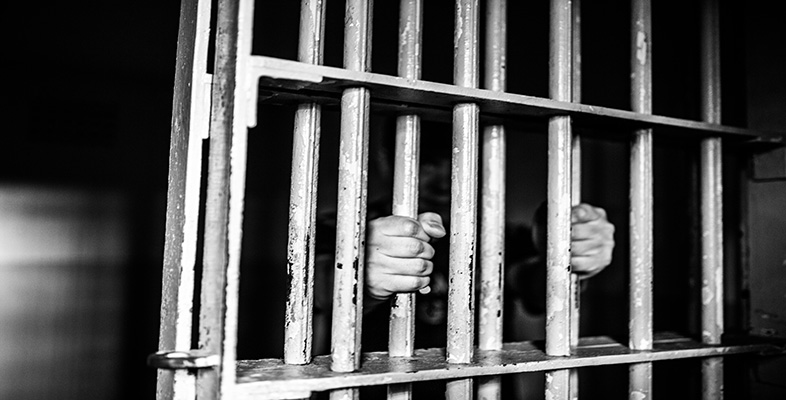Positivist school of criminology
In the late nineteenth century, some of the principles on which the classical school was based began to be challenged by the emergent positivist school in criminology, led primarily by three Italian thinkers: Cesare Lombroso, Enrico Ferri, and Raffaele Garofalo. It is at this point that the term ‘criminology’ first emerged, both in the work of Italian Raffaele Garofalo (criminologia) in 1885 and in the work of French anthropologist Paul Topinard (criminologie) around the same time.
Positivist criminology assumes that criminal behaviour has its own distinct set of characteristics. As a result, most criminological research conducted within a positivist paradigm has sought to identify key differences between ‘criminals’ and ‘non-criminals’. Some theorists have focused on biological and psychological factors, locating the source of crime primarily within the individual and bringing to the fore questions of individual pathology. This approach is termed individual positivism. Other theorists – who regard crime as a consequence of social rather than individual pathology – have, by contrast, argued that more insights can be gained by studying the social context external to individuals. This approach is termed sociological positivism.
| Individual positivism | Sociological positivism |
|---|---|
| Crime is caused by individual abnormality or pathology | Crime is caused by social pathology |
| Crime is viewed as a biological, psychiatric, personality or learning deficiency | Crime is viewed as a product of dysfunctions in social, economic and political conditions |
| Behaviour is determined by constitutional, genetic or personality factors | Behaviour is determined by social conditions and structures |
| Crime is a violation of the moral consensus surrounding legal codes | Crime is a violation of a collective conscience |
| Crime varies with temperament, personality and degree of ‘adequate’ socialisation | Crime varies from region to region depending on economic and political milieux |
| Criminals can be treated via medicine, therapy and resocialisation and the condition of the majority thus cured | Crime can be treated via programmes of social reform, but never completely eradicated |
| Crime is an abnormal individual condition | Crime is a normal social fact, but certain rates of crime are dysfunctional |
